Our first two fishing trips with Encore were both inshore to the Biloxi Marsh, with trout and redfish being the primary targets. This is an area that we have fished for many years and has been very productive during the fall and spring months. Encore was used as a mothership, towing a small skiff to be used for accessing the shallow waters of the marsh.
Towing
This was the first time we had towed a skiff with Encore, and the first time this skiff had been towed. A towing bridle was left onboard by Encore‘s previous owner that was setup nicely. It has a heavy duty carabiner making it easy to quickly release the tow line from the bridle, and it also has two small fenders to help keep the line on the surface and away from the props when moving at slow speeds or when taking in the tow.
After we pulled out of the harbor and pushed the throttles ahead to get on plane, we quickly realized an issue. The skiff was fishtailing rapidly and going almost completely broadside before whipping back in the other direction. Once the throttles were pulled back and Encore off plane, the skiff quickly began towing true again. Our original towline was 70′ plus the bridle. We added another 25′ to the towline and tried again. Same issue. As soon as Encore came up on plane, the skiff began to fishtail. Next attempt to solve the problem was to tie off a short piece of chain from our spare anchor to the transom of the skiff, allowing it to drag behind in the water. We hoped this would help to keep the skiff straight, but shortly after we were up on plane the skiff began its fishtailing motion again.
In the past with other skiffs and towing them from behind a 46′ Bertram, we would always tow the skiffs with the engines up. They always towed straight and directly behind the Bertram. Having the outboard up removes the drag and pulling stresses placed on the transom caused from towing with the engine down. This skiff however just did not want to be towed on plane with the engine all the way up. We decided to lower the engine slightly, placing only the lower unit into the water. Then, we centered the tiller and securely tied it in that position. A few minutes later, Encore was up on plane, and the skiff was in line directly aft with no lateral movement.
The photo below shows the outboard secured in the position that worked for towing:

Route and Anchorage
For both trips we anchored Encore in Ninemile Bayou, which provides excellent protection from all wind directions. This location also provides quick and convenient access to both the northern and eastern entrances into the marsh.
From Pass Christian Harbor, it is a 20 mile run across the Mississippi Sound and the Intracoastal Waterway to the northern entrance to Ninemile Bayou. Waters depths can be relatively shallow just before entering the bayou. Depths may range from 5-7′, but will soon drop to 10-12’+ once you’re in the bayou.
The above two photos are both from the Garmin Active Captain app on my iPad. I use it for all of my route planning. I find the app to be extremely user friendly for creating and adjusting new and existing routes. Data from the app is wirelessly transferred via bluetooth to the Garmin 1242 xsv units onboard Encore. Creating routes on the 1242 units is easy as well, but I am not always on the boat with the units in front of me. With the app I have access to all of the Active Captain charts and data all of the time. If I want to plan a trip to Destin or Venice I can do everything from the app. Tides, currents, marinas with and without fuel, docking fees, local knowledge tips, etc. can all be found on Active Captain.
Once in Ninemile Bayou there is protection from the wind and seas on all sides making it a very good anchorage location. The bayou is about 0.3 miles in width, but the deep water natural channel is only about 0.1 miles wide. Water depth outside of the channel can be very shallow down to almost nothing if there is a strong north wind accompanied by low tide. Anchoring in the center of the channel is best and will allow the boat to swing on the anchor through deep water in any wind direction. Commercial fisherman will drag nets and transit through the bayou during shrimp season, but they will still have adequate space to maneuver around.
Fishing
Our first trip was in November 2020, and the fall months seem to be the best time to fish this area. There are typically no strong cold fronts to deal with, temperatures are comfortable, live bait is available, and the bugs are manageable. We were only able to get away for one night, and due to the issues we had towing the skiff, we did not get anchored until 2:30 in the afternoon.
Quickly, we got the skiff loaded up with rods and reels, ice, drinks, and transferred about 40 live shrimp from Encore’s live well to the live well on the skiff. The first and only stop was in a pond on the northern side of the marsh. Water was clear and there was a very good rising tide flowing into the pond. There is a small island in the middle that the incoming tide flows around. We set up up-current of the island and casted towards it using live shrimp about 2′ under a popping cork.
The trout action was non-stop, but at least half of the fish caught were undersized and thrown back. After about an hour and a half, the live shrimp were gone and there were 15 trout in the ice chest. We picked up a couple more fish on Vudu Shrimp, but with a dying breeze accompanied by some ferocious gnats, we made the decision to head back to Encore.
The next morning the live well on the skiff was loaded with the remainder of our live shrimp, and we made a run south out of Ninemile Bayou, across False Mouth Bay, and then into the eastern side of the marsh. The tide was falling that morning and we set up at the intersection of two bayous with good water movement and clarity. The bite was not as fast as the previous afternoon, but we did pick up 10 nice trout within an hour. With the wind picking up, we decided to head back to Encore, and prepare to get ready to head back to the dock.
The second trip was in early March 2021. This trip was originally intended to be an offshore trip targeting tuna and wahoo in the Horseshoe / East Lumps area. Due to some rough offshore weather (5-7′ seas), we decided to head back to the marsh. The spring months can offer productive fishing, but it can also be very difficult. Unfortunately, this trip was one of the difficult ones.
Before leaving the dock, a small leak was found on the generator’s fuel return line. Luckily, the hose was a little longer than needed, and I was able to cut a small good section out of it and use that piece to replace the damaged section. The second issue we ran into before departing was the unavailability of live bait. There are two bait shops in Pass Christian Harbor, but neither had anything. Although no live bait is not a deal breaker, it certainly makes the fishing more difficult.
Due to the generator issue, we didn’t leave the dock until late afternoon. After about an hour running across the Mississippi Sound, we pulled into Ninemile Bayou right at sunset and got the anchor set.

The following two days of fishing were very tough. There was a large tidal range with good water movement everywhere we fished, but the clarity was very poor. We did find a few areas of the marsh with good water clarity and movement, but no bites at all. It was not for a lack of trying as we used multiple different artificial baits on the top and bottom and fished all over the marsh.
Even though no fish were caught we still had a great time. The weather was great, and both nights were crystal clear.
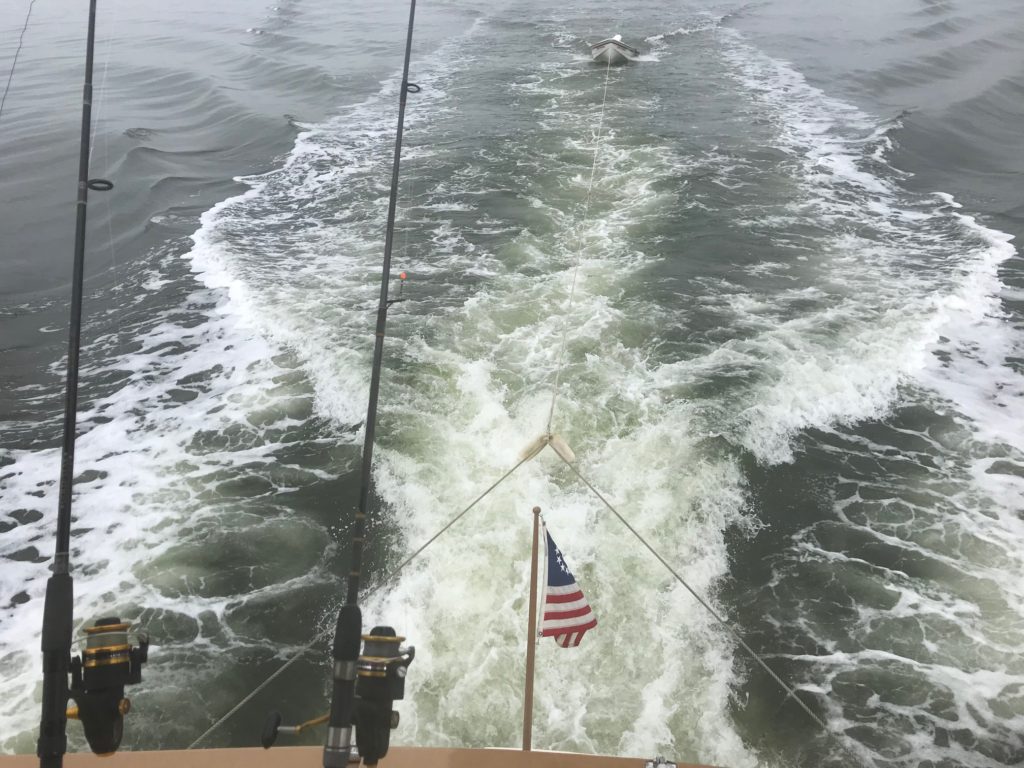
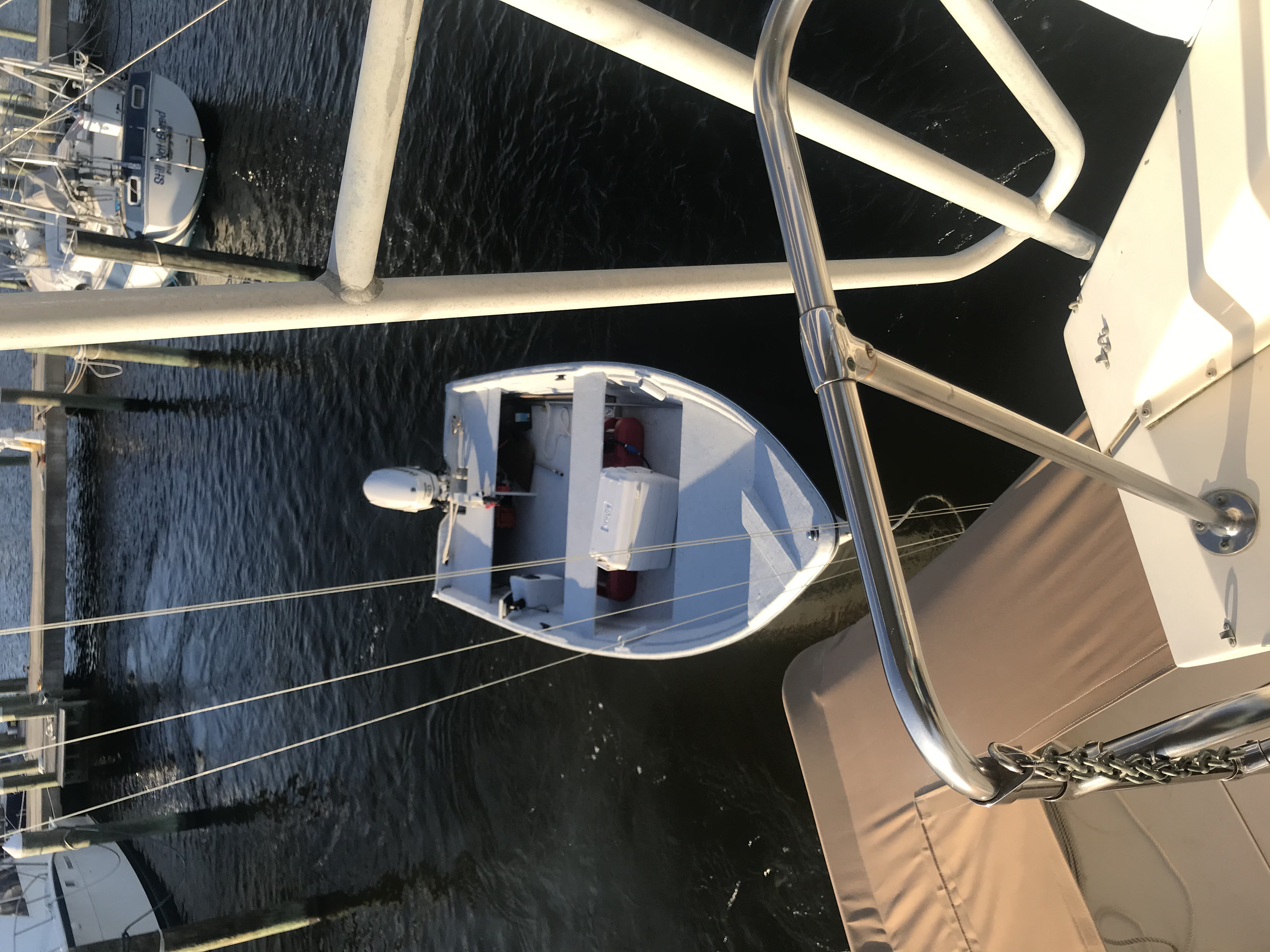
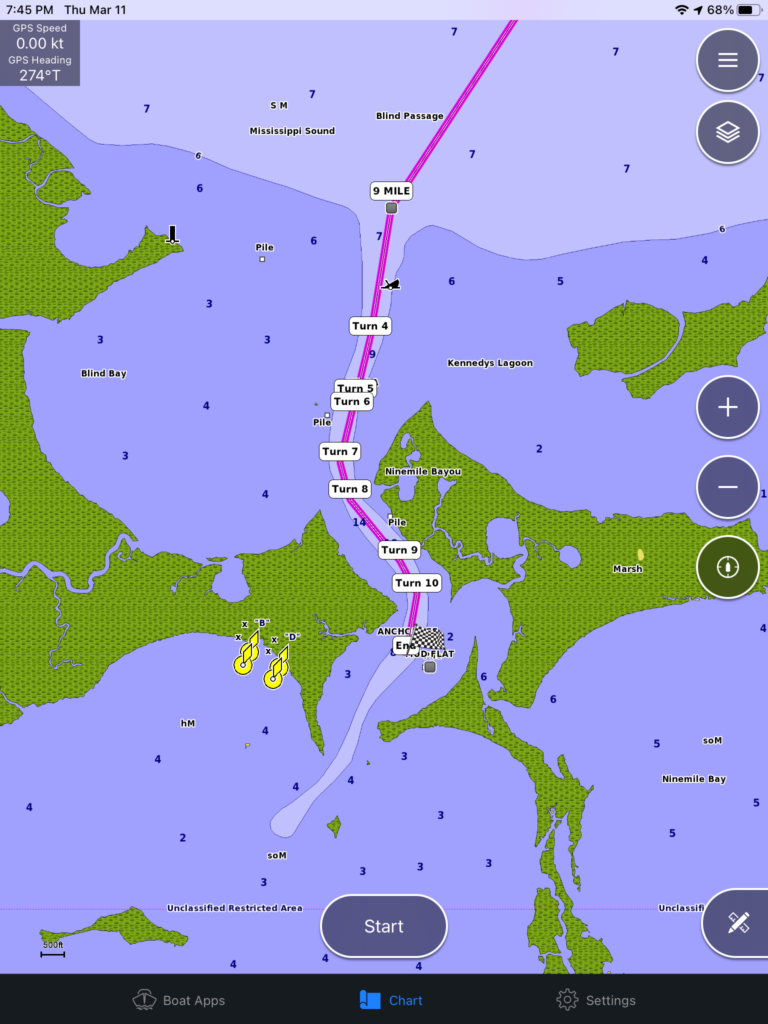
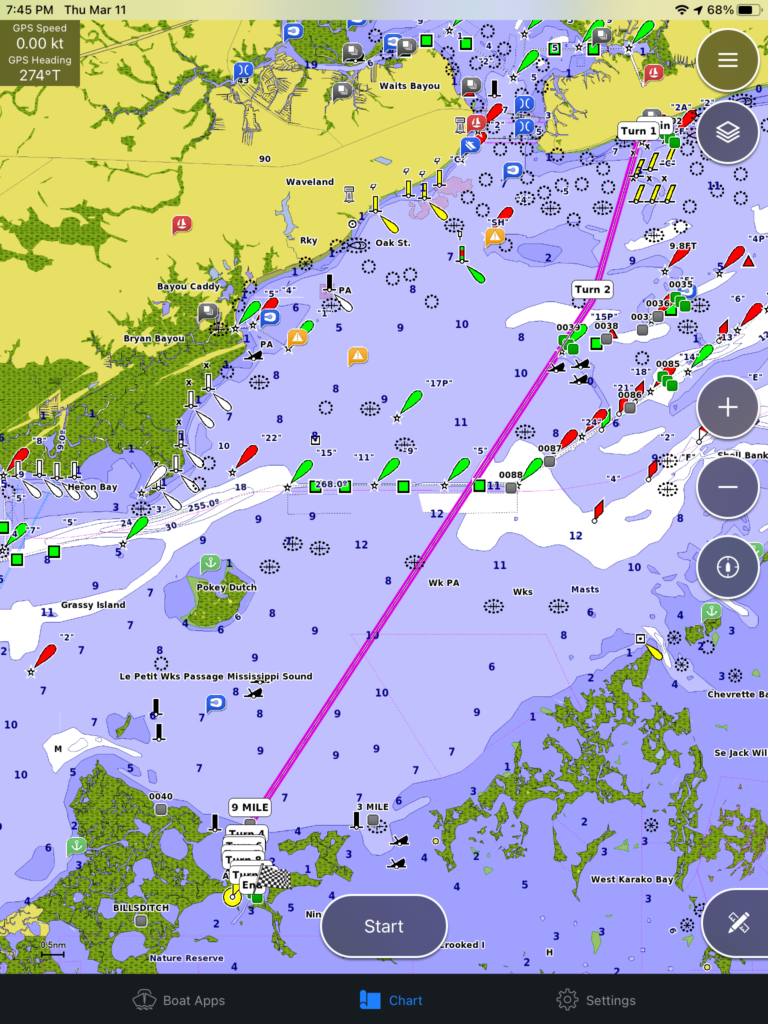
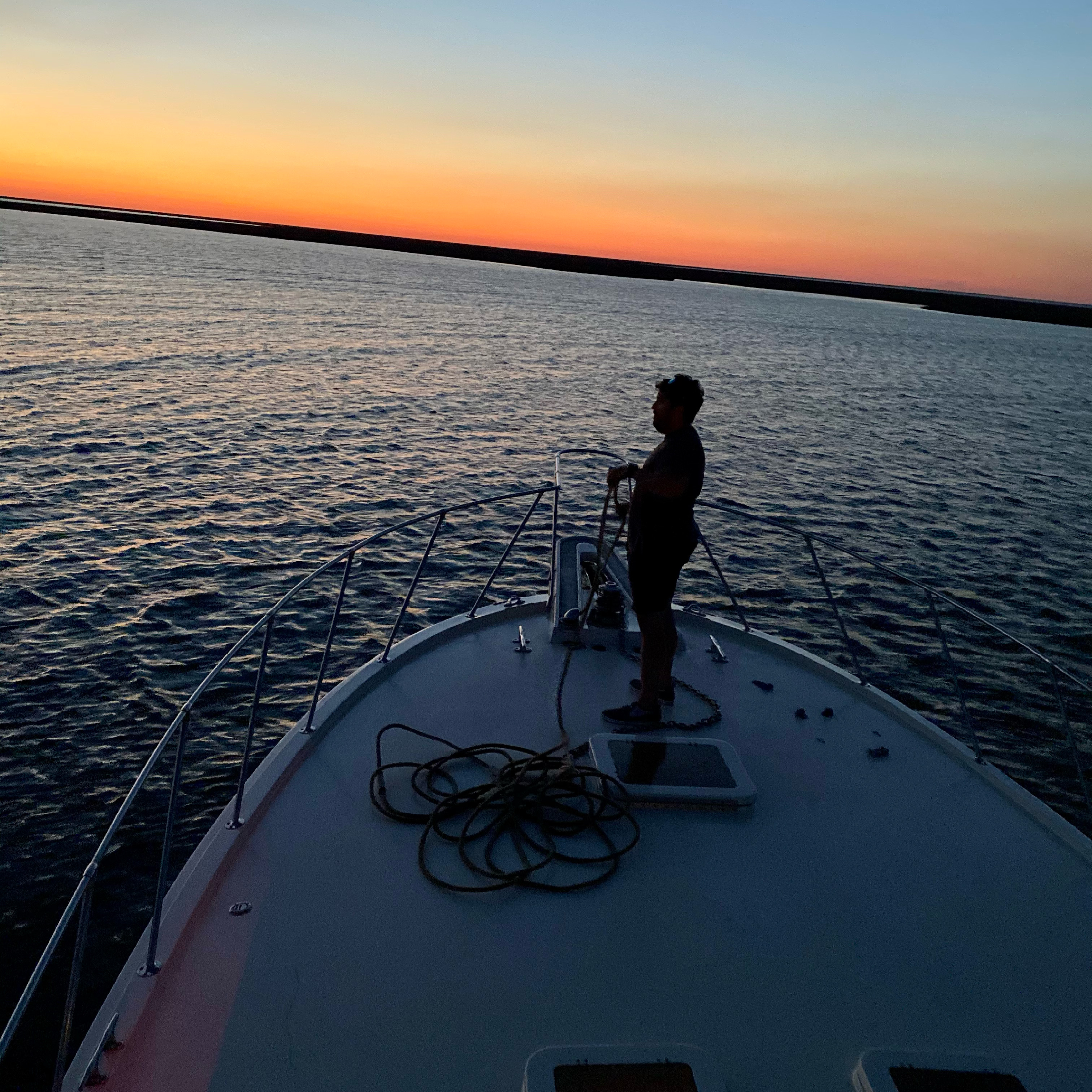
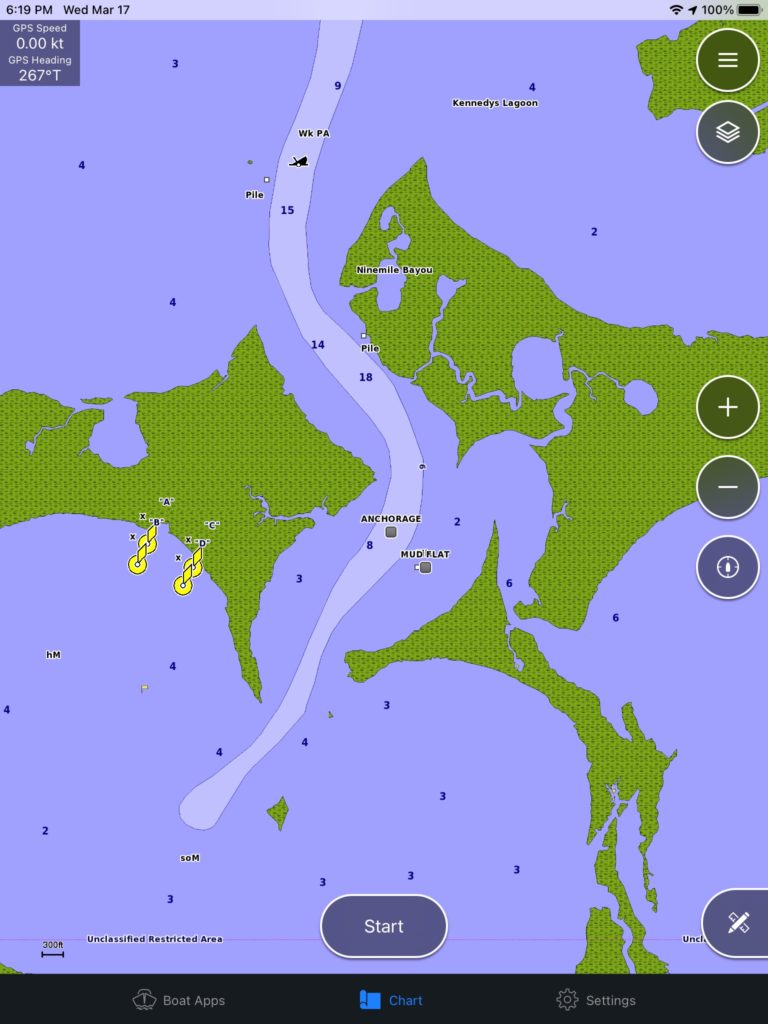
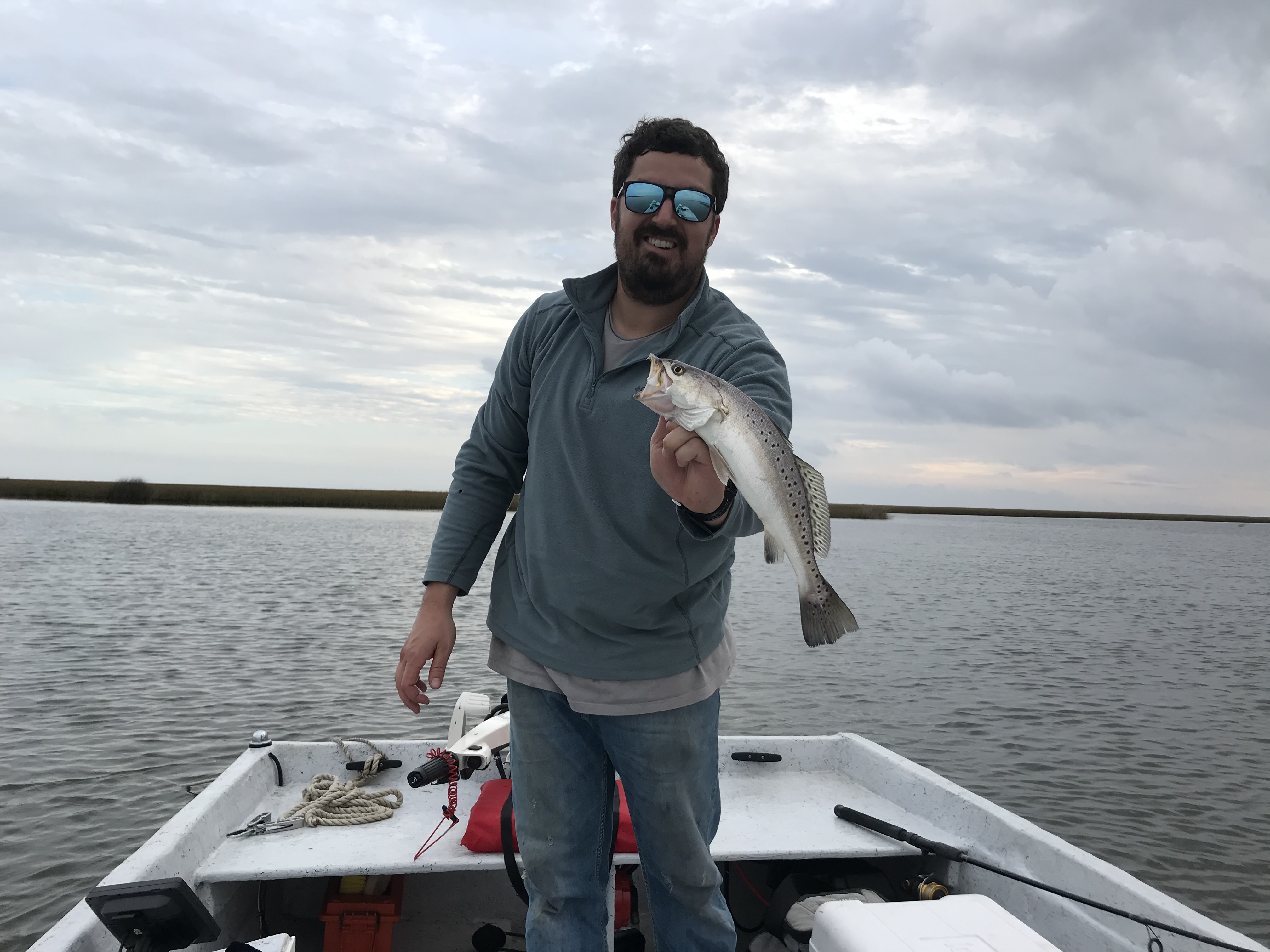
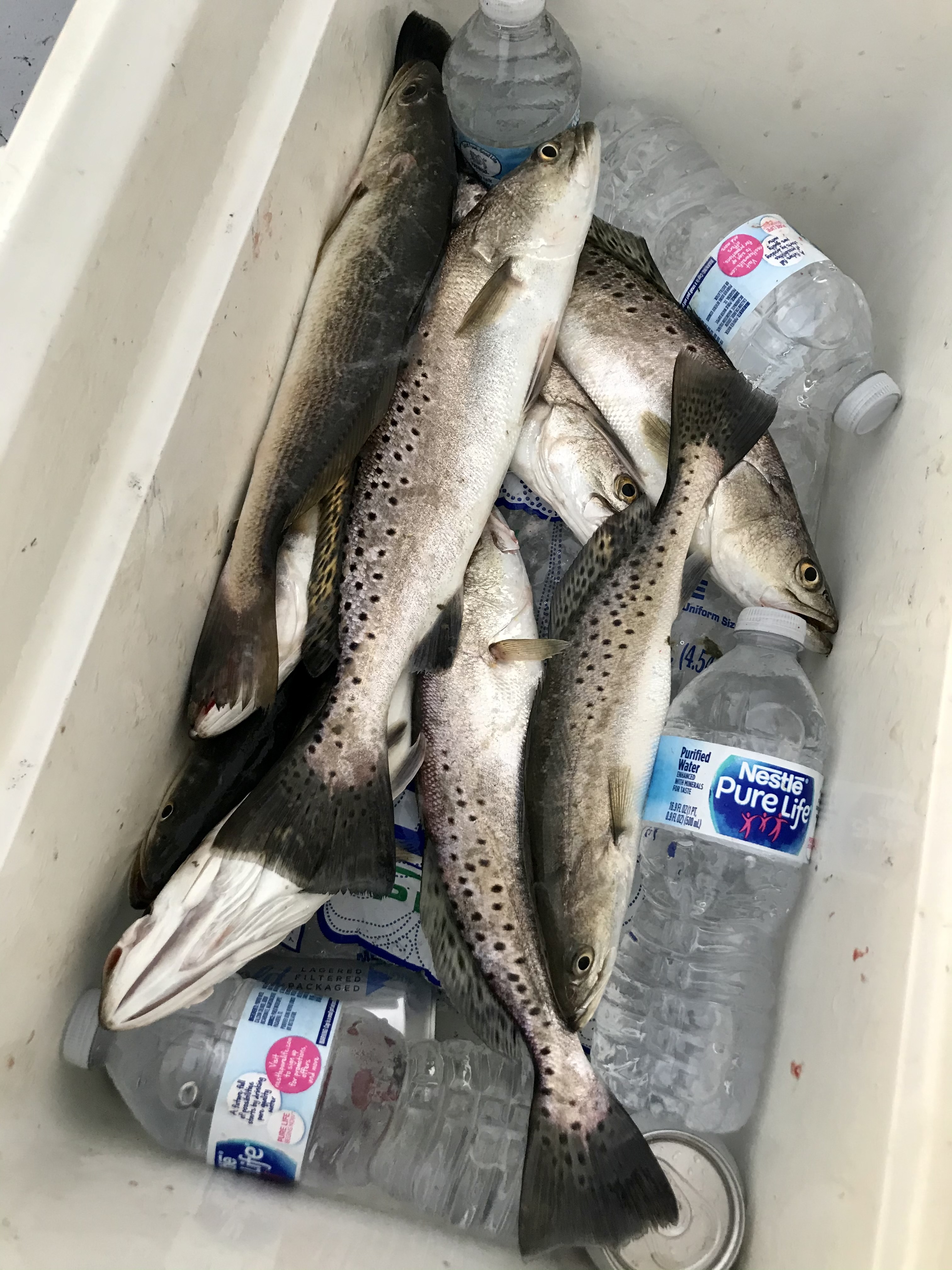
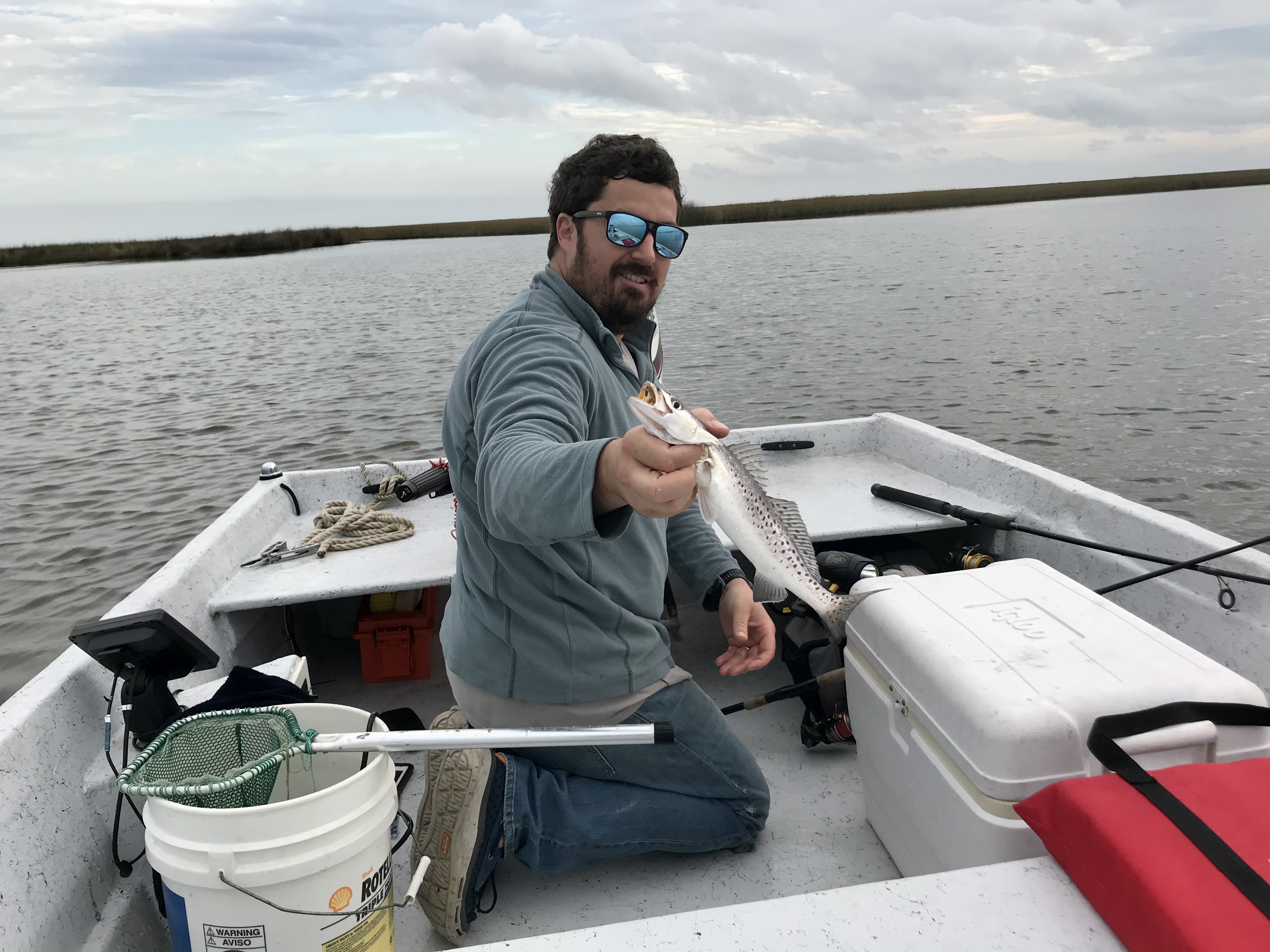

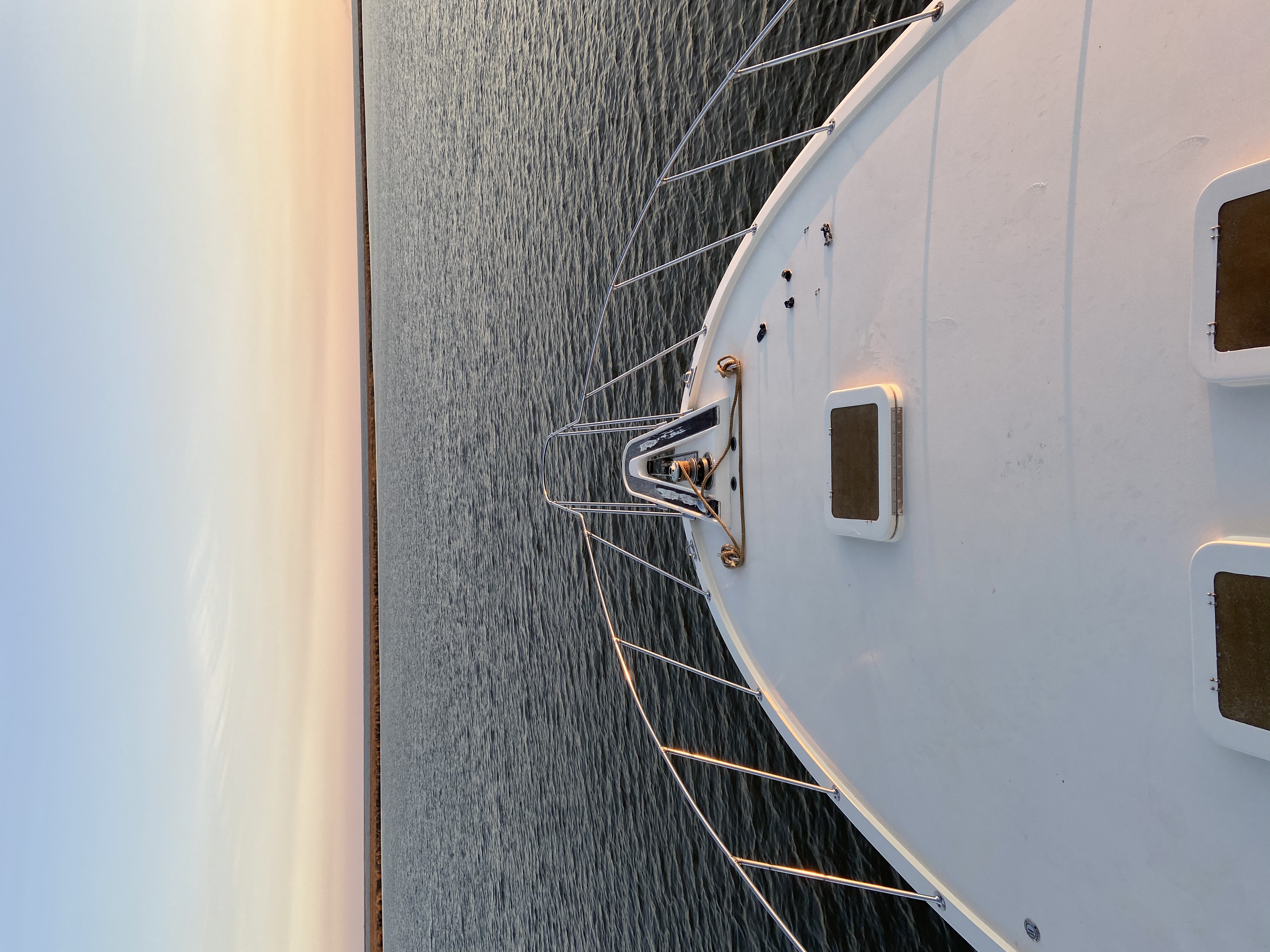
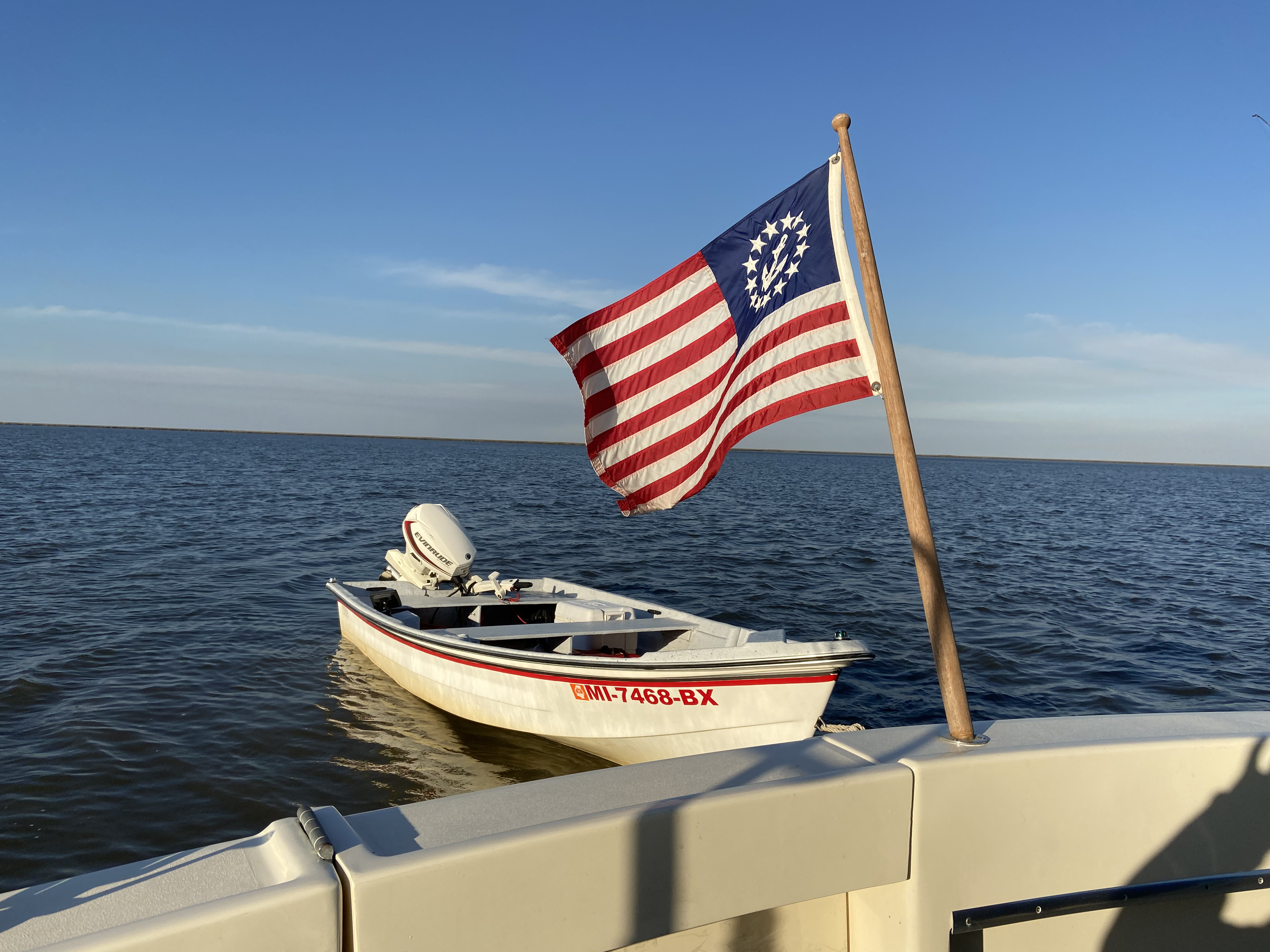
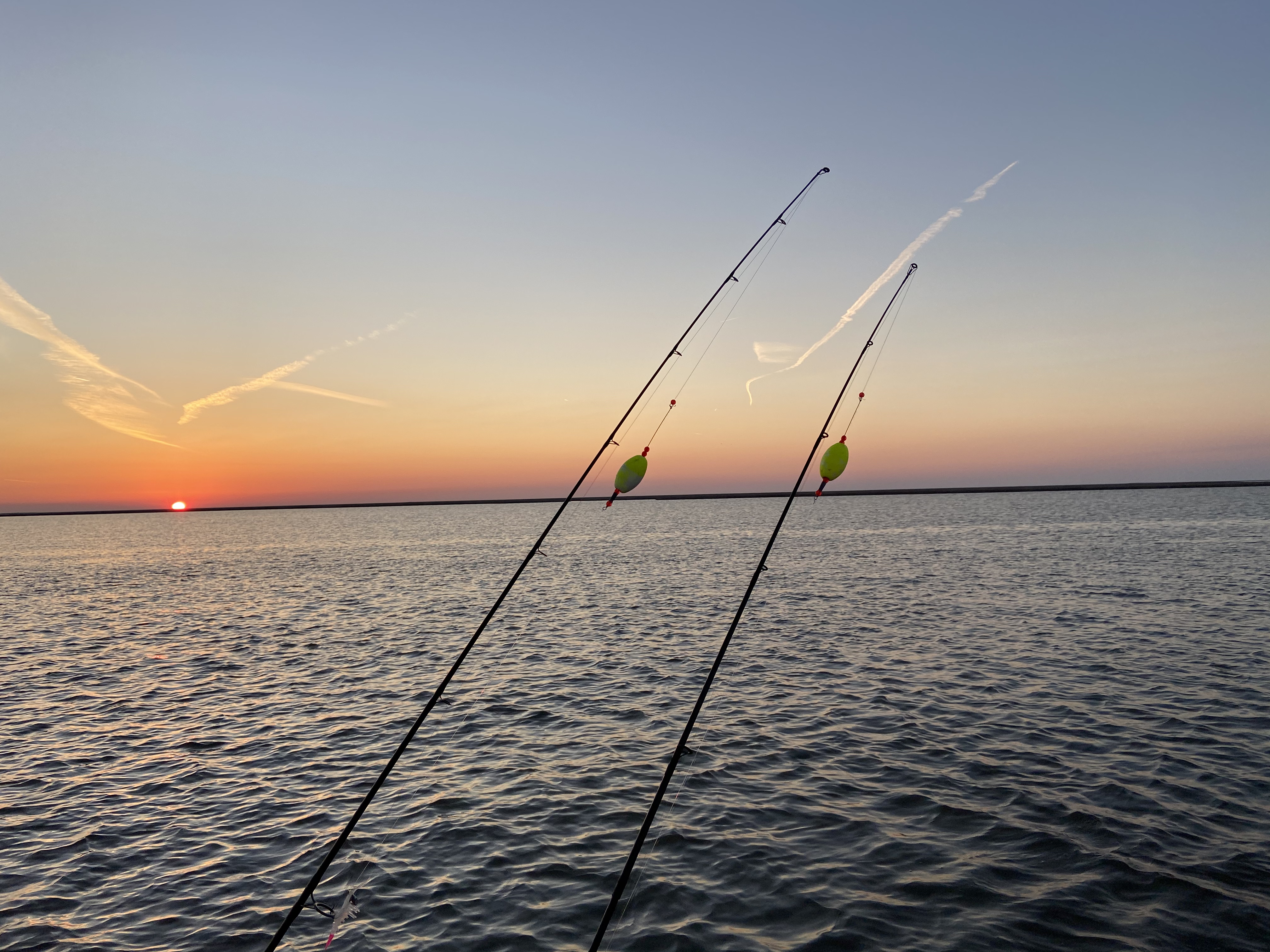
Nice
Pingback: Inshore Fishing in the Biloxi Marsh - November 2021 - The Captain's Manual
Pingback: Fishing the Biloxi Marsh - October 2022 - The Captain's Manual